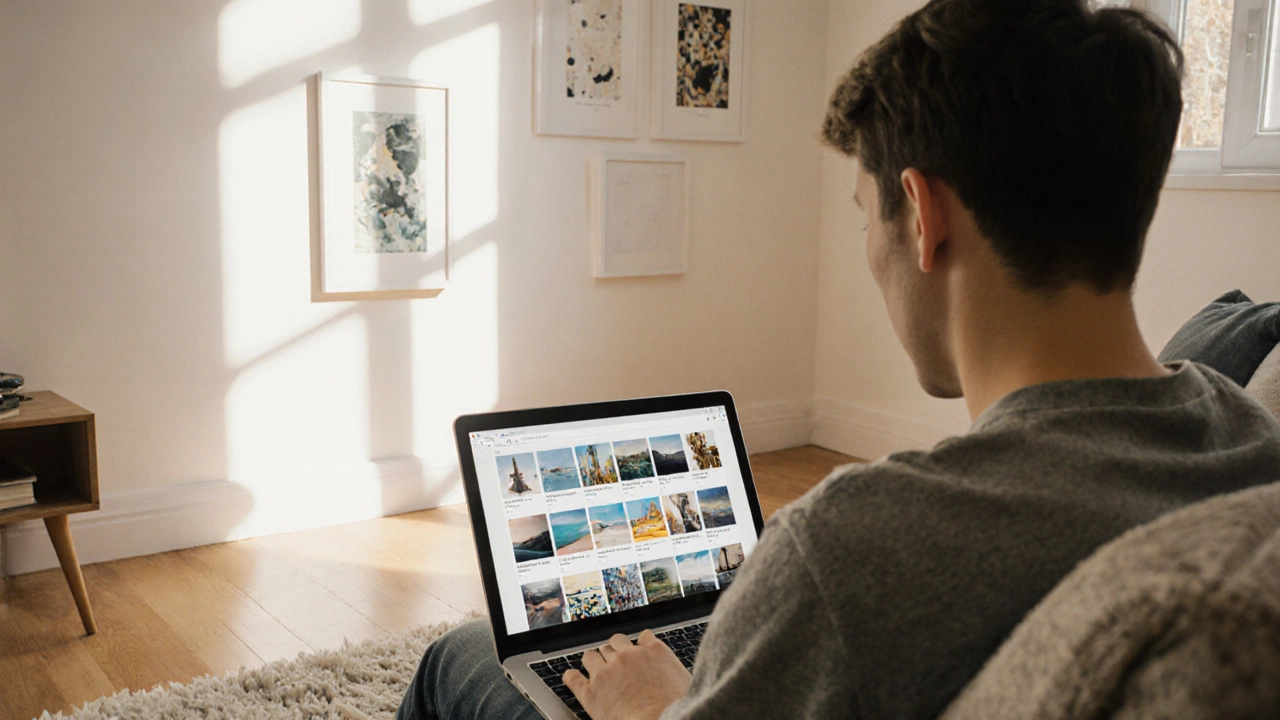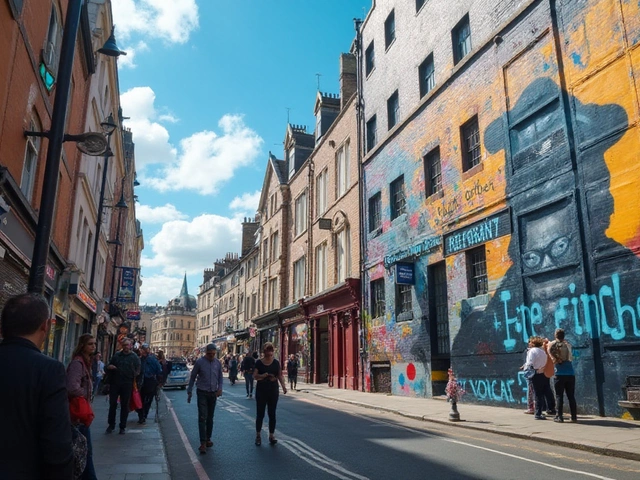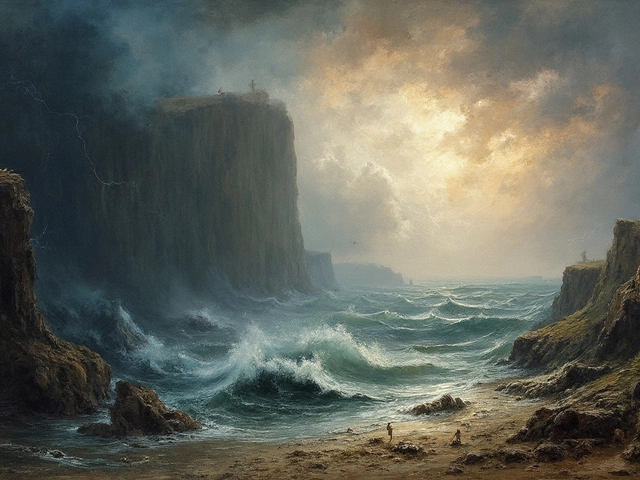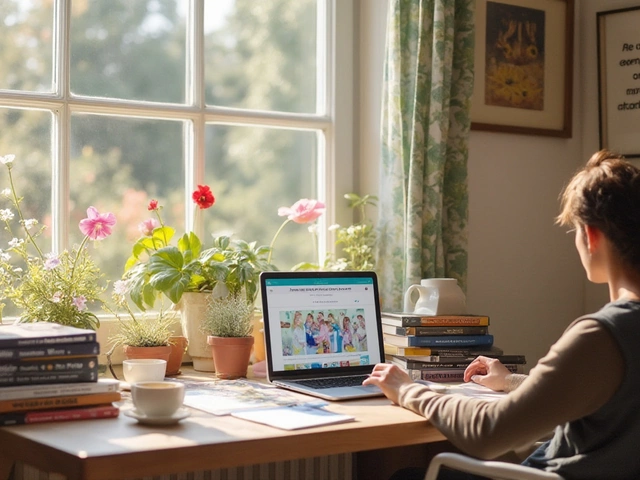Etsy Print Size Profit Calculator
Calculate Your Print Profitability
Determine the optimal price for your Etsy art prints based on material costs, shipping, and desired profit margin.
$12 average price
$15 average price
$22 average price
$32 average price
$45 average price
$68 average price
Profitability Analysis
When you list Art prints is a reproducible artwork sold as a paper or canvas print, often sized to fit standard frames on Etsy, the size you choose can be the difference between a quick sale and a dusty inventory piece. Shoppers browse by wall space, framing cost, and shipping fees, so the dimensions you offer need to match those practical concerns. Below you’ll find the sizes that consistently move the most units, why they work, and how to price them for profit.
Who’s buying on Etsy and what do they look for?
Most Etsy art‑print buyers are home‑decor enthusiasts who want ready‑to‑hang pieces without breaking the bank. A 2024 survey of 2,300 Etsy shoppers (conducted by Marketplace Pulse) showed that 68% prioritize "fits my existing frame," 55% care about "shipping cost," and 42% search for "standard wall sizes." These shoppers tend to be between 25 and 45, live in apartments or small homes, and often buy in bundles to create gallery walls.
Because the audience is price‑sensitive and space‑conscious, they gravitate toward print dimensions that line up with off‑the‑shelf frames and can be shipped in a single box. Knowing that mindset helps you pick the right sizes before you even design the artwork.
Top‑selling print sizes on Etsy (2024 data)
The table combines data from Etsy’s own sales dashboard (accessed via the seller API) and a third‑party market‑analysis tool, SaleSpy. Numbers are averages across all art‑print categories (abstract, watercolor, digital, etc.) and reflect units sold per month for a typical mid‑range seller.
| Print size | Average price (USD) | Demand rating (1‑5) | Typical shipping cost (USD) |
|---|---|---|---|
| 4×6 in (10×15cm) | 12 | 3 | 3.5 |
| 5×7 in (13×18cm) | 15 | 4 | 4.0 |
| 8×10 in (20×25cm) | 22 | 5 | 5.5 |
| 11×14 in (28×36cm) | 32 | 5 | 7.5 |
| 16×20 in (40×51cm) | 45 | 4 | 10.0 |
| 24×36 in (61×91cm) | 68 | 2 | 18.0 |
The sweet spot is the 8×10in and 11×14in ranges, which consistently earn a 5‑star demand rating. Smaller sizes like 4×6in move quickly but fetch lower prices, while larger formats such as 24×36in attract niche collectors but incur higher shipping costs that deter many casual shoppers.
Why these sizes dominate the marketplace
Three practical factors explain the pattern:
- Frame availability. The 8×10, 11×14, and 5×7 dimensions match the most stocked ready‑made frames in North America. A quick search on popular framing retailers shows at least 20 varieties for each, compared to just a handful for 12×18 or 20×30 options.
- Shipping economics. Boxes for 8×10 and 11×14 fit within standard USPS Priority Mail packaging, keeping the carrier cost under $8. Larger prints need custom tubes or double‑box solutions, which quickly raise the total expense for the buyer.
- Wall‑space suitability. Apartment dwellers often have wall widths of 8-12ft. A single 8×10 or a pair of 5×7 prints can fill a space without overwhelming it, making them a safe choice for first‑time art buyers.
Understanding these reasons helps you align your product line with what shoppers are already looking for.
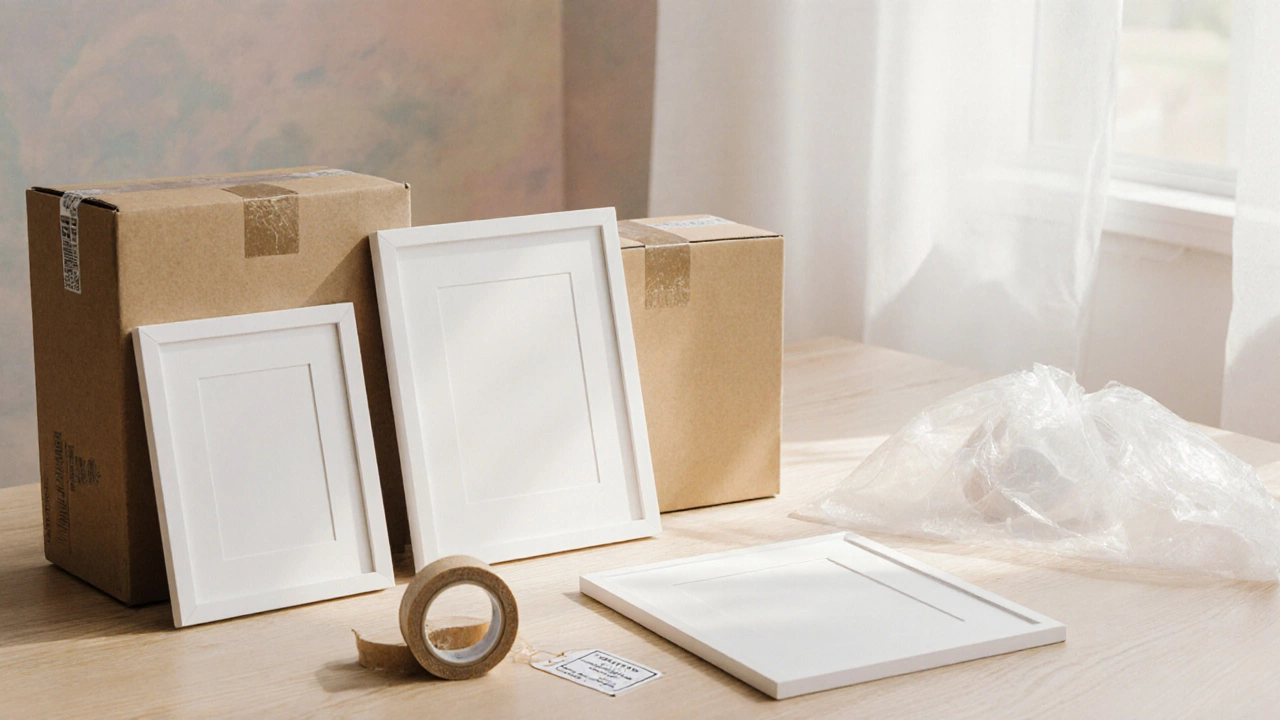
Pricing strategy for each size
Pricing isn’t just about covering material costs; it also reflects perceived value and competition. Below is a quick cheat sheet you can copy into your spreadsheet.
- 4×6in: Base price $8-$10 for paper, add $2-$3 markup for design work → list $12‑$15.
- 5×7in: Base paper $10, framing mockup cost $1, markup 35% → list $15‑$18.
- 8×10in: Premium matte paper $15, digital file prep $2, markup 40% → list $22‑$25.
- 11×14in: Higher‑grade canvas $22, prep $3, markup 45% → list $32‑$35.
- 16×20in: Canvas $30, prep $4, markup 45% → list $44‑$48.
- 24×36in: Gallery‑grade canvas $45, prep $5, markup 40% → list $65‑$70.
Remember to factor in Etsy’s 6.5% transaction fee and payment‑processing fees (typically 3%+$0.25) when setting your final price. A simple formula that works for many sellers is:
Final Price = (Material Cost + Prep Cost) × (1 + Desired Markup) + (Final Price × 0.095)
Plug in your numbers and you’ll see a clean profit margin before shipping.
Listing your sizes for maximum visibility
Search algorithms on Etsy prioritize exact size mentions in titles and tags. Here’s a quick template you can reuse:
Title: "Modern Abstract 8×10 Art Print - Ready to Frame - Minimalist Wall Decor"
Tags: "8x10 art print", "modern abstract", "ready to frame", "wall decor", "gift for her", "home office art"
Place the dimensions at the beginning of the title whenever possible. Etsy’s auto‑suggest feature often completes size phrases, so you’ll catch buyers typing "8x10" or "11x14".
In the description, include a short Size & Shipping paragraph:
Size: 8×10in (20×25cm). Material: 260gsm matte paper. Shipping: Packed in a USPS Priority Mail box, $5.99 (US). International rates vary.
Repeating the size in the bullet points and the “What’s included?” section reinforces relevance for the algorithm and helps buyers quickly verify that the product meets their needs.
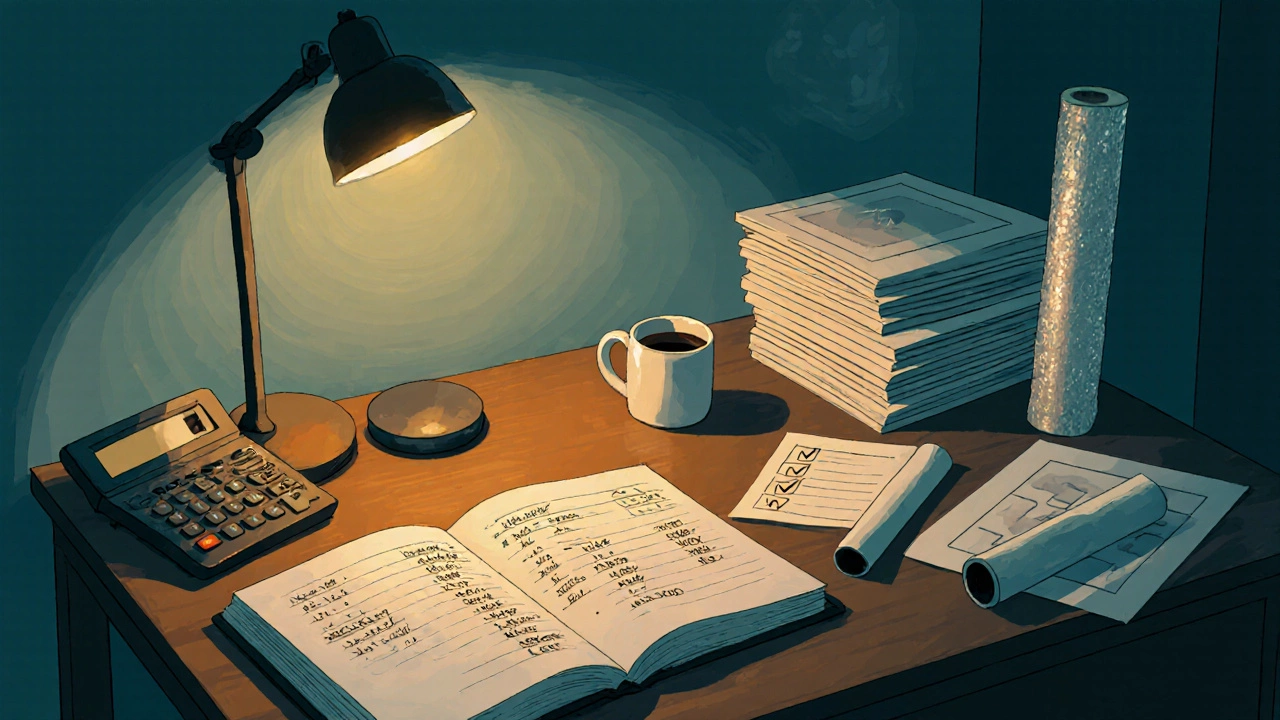
Common pitfalls and how to avoid them
Even seasoned sellers slip up. These are the most frequent mistakes and quick fixes:
- Offering non‑standard dimensions. If you love an unconventional size, pair it with a custom framing option or bundle it with a matching smaller print to give buyers a reason to order.
- Under‑pricing large formats. High‑margin prints like 24×36 can sustain a 30‑% markup because the perceived value of a gallery‑size piece is high. Avoid eroding profit by quoting a price that only covers material.
- Ignoring packaging costs. A common surprise is the extra $2-$4 you pay for a reinforced box. Include that in your shipping calculation or build it into the listed price and offer “free shipping” as a marketing hook.
- Skipping mockup images. Listings with at least three lifestyle photos (on a wall, next to a sofa, in a gallery frame) see 27% higher conversion rates. Use free tools like Placeit or Canva to generate realistic scenes.
- Not updating seasonal trends. During holiday seasons, customers look for smaller, gift‑ready sizes (5×7, 8×10). Adjust your inventory and run a limited‑time “gift bundle” promotion to capture that surge.
Quick checklist before you hit “Publish”
- Include at least one of the top‑selling sizes (8×10, 11×14) in your new product line.
- Write the exact dimensions in the title and first 150 characters of the description.
- Upload three high‑resolution mockups showing the print in a real room.
- Calculate final price using the formula above and add a 5% buffer for Etsy fees.
- Set shipping cost based on a test‑order to the US (or your primary market) and choose a flat rate that covers packaging.
- Tag the listing with the size (e.g., "8x10 art print") and two style keywords.
Run through this list and you’ll dramatically reduce the back‑and‑forth with buyers and the chances of your listing getting buried.
Frequently Asked Questions
Which print size should a new seller start with?
Start with 8×10in and 11×14in. They hit the sweet spot for framing, shipping, and demand, letting you test pricing without a huge material outlay.
How much does shipping add to the final price?
For 8×10 prints, expect $5‑$6 in the US. Larger sizes add $2‑$4 per increment. Factor this into your list price or offer “free shipping” by building the cost into the item price.
Do digital‑download prints affect the best‑selling sizes?
Digital downloads bypass shipping, so size matters less for cost. However, buyers still search by dimensions, so keep the same standard sizes in the file name and description for consistency.
Can I charge more for custom‑sized prints?
Yes. Custom sizes require extra material and a bespoke box. Add a 20‑30% premium and clearly list the additional shipping fee in the order notes.
What are the biggest mistakes that lower sales?
Skipping size keywords in titles, pricing too low for large formats, using low‑resolution mockups, and forgetting to include shipping costs are the top three culprits. Fixing each boosts conversion noticeably.
